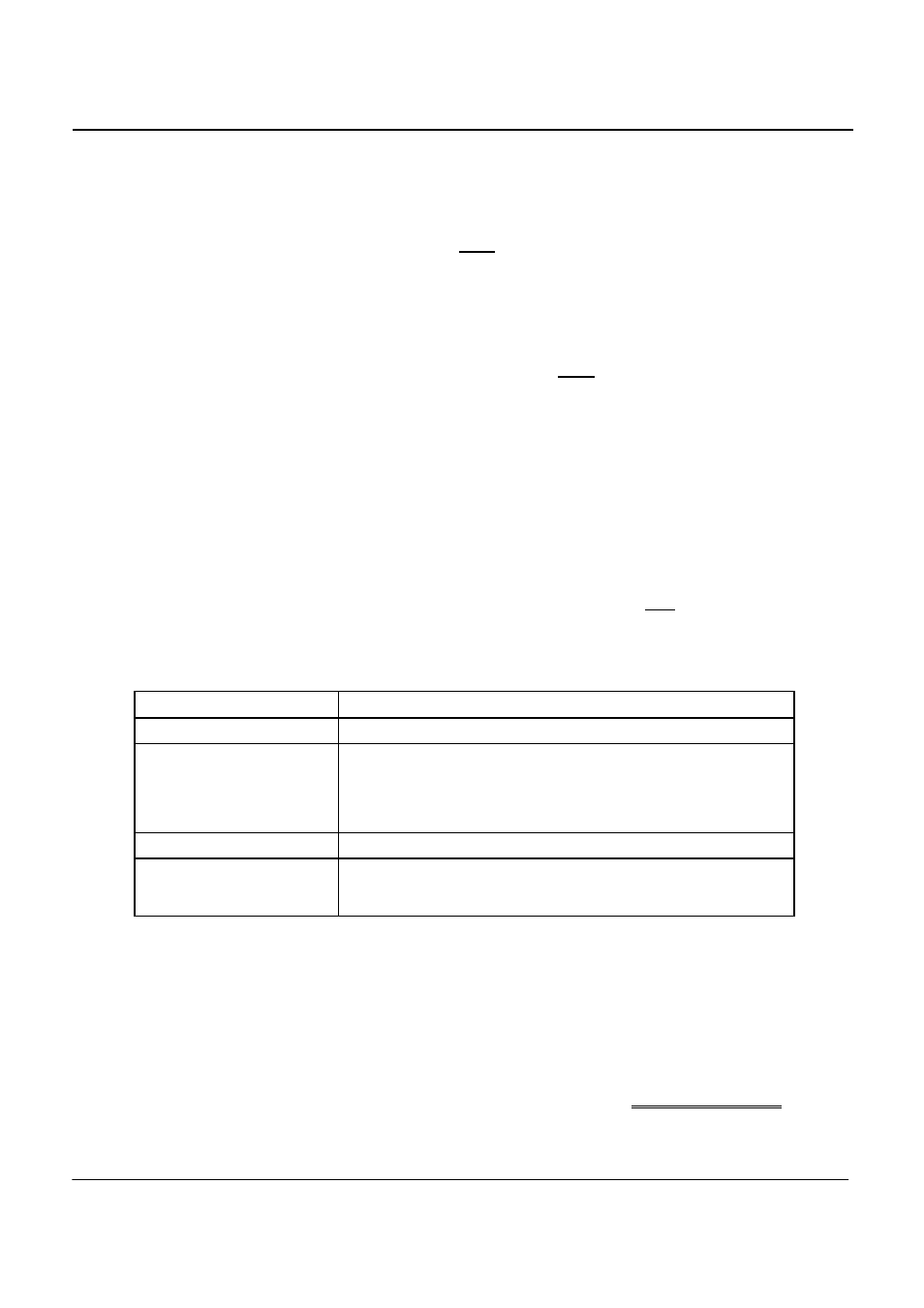AMETEK MX CTSH User Manual
Page 64

California Instruments
Revision H
64
User Manual
MX Series CTSH Compliance Test System
5.3.1
Reference Fundamental Current Selections
The fundamental current reference settings provide the following options:
•
If the “Ref. Fund. Curr. (I-1)” checkbox is NOT checked then the test limit will be based on the
measured referenced fundamental current.
•
If the “Ref. Fund. Curr. (I-1)” checkbox is checked then the operator has to enter a rated reference
fundamental current value with the range from 1 to 75A. The test limit will then be based on the
entered referenced fundamental current.
•
The “Compare to I1-measure” checkbox will be enabled only if the “Ref. Fund. Curr. (I-1)” checkbox
is selected. If the “Compare to I1-measure” checkbox is NOT checked then the test will basically
use the entered referenced fundamental current for limit calculation, regardless of the actual
measured fundamental current.
•
If the “Compare to I1-measure” checkbox is checked then the test will compare the entered value
with the measured value. If the difference between the entered value and the measured value
exceeds 10% then the test will use the measured value for limit calculation instead of the entered
value.
•
If the difference between the entered value and the measured value falls within 10% then the test
will use the entered value for limit calculation.
5.4
Test Times
The test time used to run a Harmonics test is determined by the nature of the EUT. Under the test
standard, four test times (observation periods) are allowed depending on the nature of the EUT. All are
aimed at ensuring repeatability of test results when tests are performed under the same conditions and on
the same test system. Repeatability for this purpose is defined as results that are within 5 %. Available
observation periods are:
Type of equipment behavior
Observation period
Quasi-stationary
T
obs
of sufficient duration to meet the requirements for repeatability.
Short cycles (Tcycle < 2.5 min)
T
obs
> 10 cycles (reference method) or Tobs of sufficient duration or
synchronization to meet the requirements for repeatability.
'Synchronization' means that the total observation period is sufficiently
close to including an exact integral number of equipment cycles such
that the requirements for repeatability are met.
Random
T
obs
of sufficient duration to meet the requirements for repeatability.
Long cyclic (Tcycle > 2.5 min)
Full equipment program cycle (reference method) or a representative 2.5
min period considered by the manufacturer as the operating period with
the highest total harmonic content.
You can increase the test time up to 24 hours if needed. The test period needs to be set long enough to
cover the entire operating cycle of the unit under test. This is particularly important for the transitory
harmonics tests. Avoid setting the test time longer than necessary as it only decreases your test
throughput.
Data File Size
Data is recorded during the test. As the test time increases, the file size of the data stored increases. After
a user defined period of time during which all data is recorded, the rate of data recording is decreased to
limit file size growth. During this second phase of the test, only data buffers that have one or more limit
failures and the two buffers leading up to this event are saved to disk. See Configuration Options for details
on setting the recording change time.
